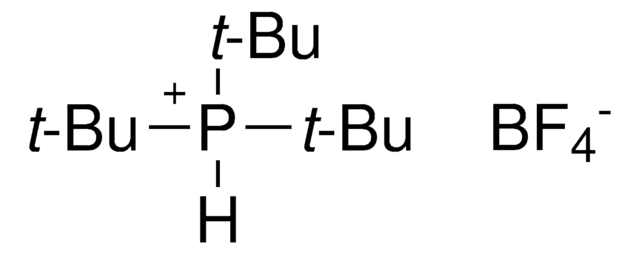901701
Poly(ethylene glycol)-block-poly(propylene glycol)-block-poly(ethylene glycol) diacrylate
average Mn ~12,500
Synonym(s):
PEG-PPG-PEG, Poloxamer F127 diacrylate
About This Item
Recommended Products
form
powder
mol wt
average Mn ~12,500
color
white to faint yellow
Storage temp.
−20°C
Looking for similar products? Visit Product Comparison Guide
Application
Storage Class
11 - Combustible Solids
wgk_germany
WGK 3
flash_point_f
Not applicable
flash_point_c
Not applicable
Choose from one of the most recent versions:
Certificates of Analysis (COA)
Don't see the Right Version?
If you require a particular version, you can look up a specific certificate by the Lot or Batch number.
Already Own This Product?
Find documentation for the products that you have recently purchased in the Document Library.
Customers Also Viewed
Related Content
Tissue engineering fabricates tissues cultures from scaffolds, living cells, and biologically active molecules by simulating the microenvironment of the body to repair or replace damaged tissue.
Our team of scientists has experience in all areas of research including Life Science, Material Science, Chemical Synthesis, Chromatography, Analytical and many others.
Contact Technical Service








